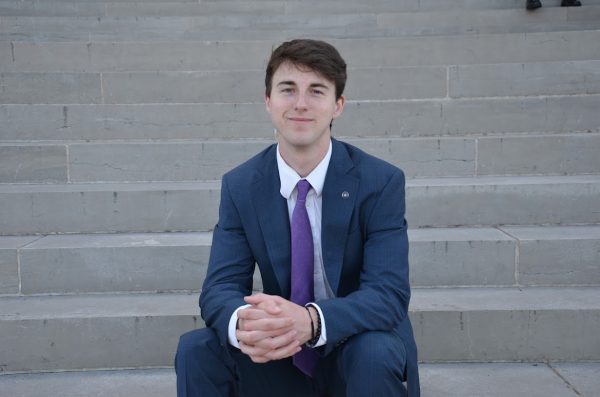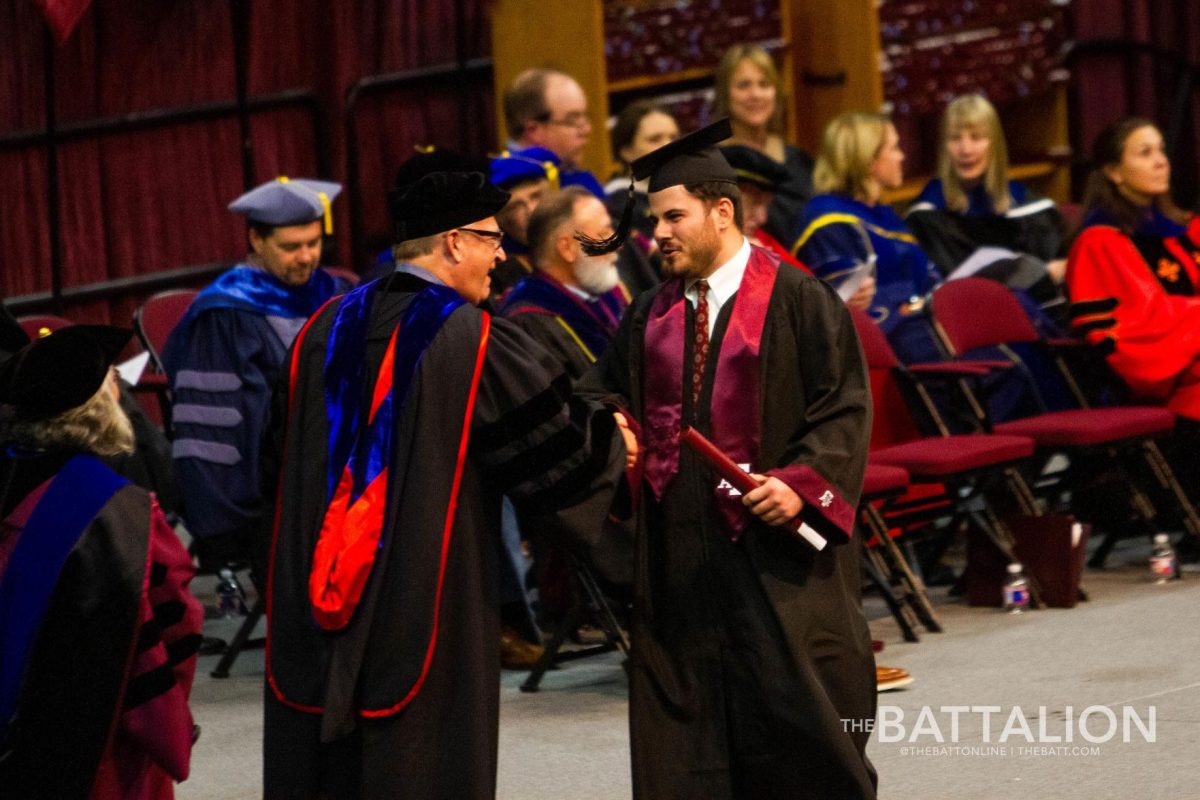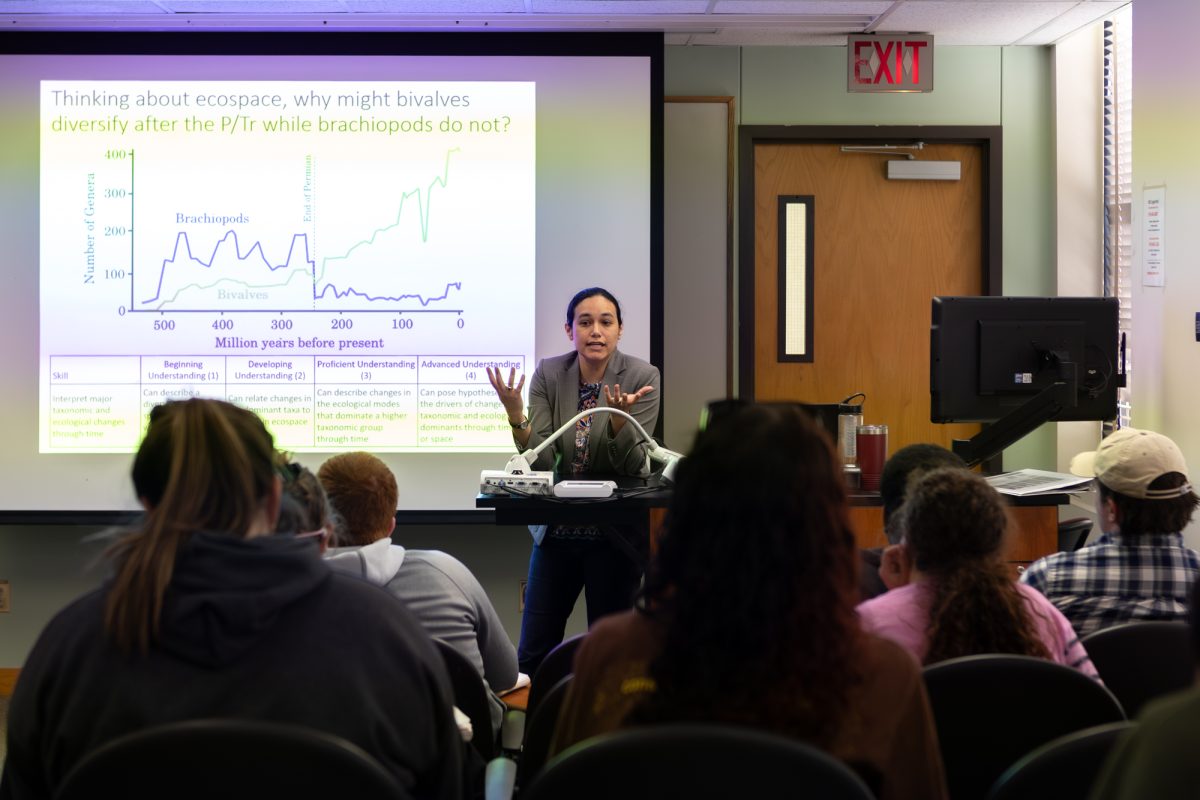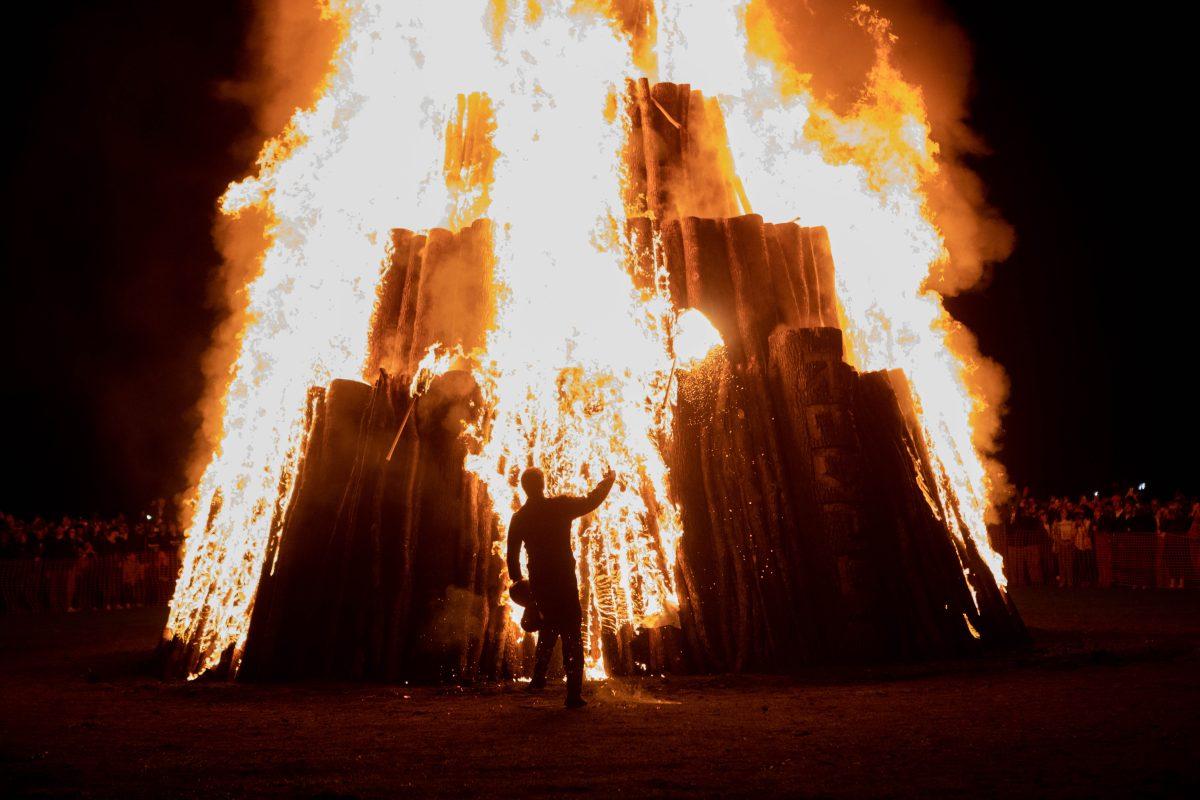Recently, Texas A&M, in conjunction with every other public higher-education institution in the state, was ordered by the Texas Legislature to cease all activity and practices involving diversity, equity and inclusion, or DEI.
The controversial bill known as S.B. 17, not to be confused with the existential Spongebob episode “SB-129,” specifically prohibits offices and curriculum from including any DEI initiatives. Before this bill was even passed, however, the topic of DEI’s presence on campus was a politically-divisive one.
Some students felt DEI was the only way to properly address and teach students about underrepresented groups of people. Others felt as though the curriculum was rooted in division, focusing more on the ostracization of straight white men and the victimization of people of color.
The overtly bland and neutral statement released by Interim President Mark A. Welsh III in response to the bill, which read, “We will work with the System to ensure full compliance by Jan. 1, 2024,” did not help either. Add that to the ‘hush, hush’ stance many current faculty involved with the former Office of Diversity, Equity and Inclusion have been forced to take and the dialogue surrounding this hot topic is starting to resemble the first two rules of “Fight Club.”
Amidst the neutral corporate messages and students’ emotionally charged opinions, it’s hard to know how this bill will affect students. What I’m hoping to show you is how the disbandment of DEI was the best case scenario for everyone at A&M.
Before S.B. 17, the integration of DEI offices on campus was closing in on three years. So, let’s start with examining how DEI has impacted students and the university financially.
According to data compiled by The Texan from publicly available operating budgets ending in the fiscal year 2020, t.u. comprised 63% of total DEI expenditures across Texas public universities with a whopping $28.5 million in 2020. A&M came in second at around $7.4 million.
The same data also reveals that both t.u. and A&M dwarf The University of Houston in spending, despite U of H reportedly having the second most ethnically diverse student body in the nation. Granted, it is in the middle of one of the most diverse cities in the country, but Texas is the second most diverse state in the nation. U of H is building a more diverse campus and spending less money doing so.
Moreover, $2 million went towards “Operations and Management” for our associate provost for diversity in 2019. On what planet should one person be in control of that amount of money for a facet of campus that didn’t exist even five years prior?
Albeit, $2 million can be easily glossed over amidst the entire university budget, but when I can’t even sit through a lecture in Harrington Education Center Classroom without spotting roaches, grasshoppers, ants or one of the other hordes of insect colonies infesting the building, it’s safe to question how our funds are being allocated.
Of course, by no means is this entirely DEI’s fault, however, it’s painfully ironic when DEI faculty will then insert a curriculum in Hullabaloo U that blames our students for promoting a culture of disparity.
But this was in 2019, so I’m sure we’ve gotten better at keeping track of where our money is now.
How about when the Board of Regents pledged to spend $24.75 million this year on DEI-based initiatives prior to the state’s ruling, with spending trended upward year after year.
However, despite its ever-growing budget, I’m still not sure what A&M was trying to achieve through DEI.
“It’s to spread awareness and enact change for future generations!” “It’s to spark engaging discussions regarding the mass-wave of racism still present in our society!” “It’s to give ethnically diverse and disadvantaged students a fighting chance!”
I hear you, now put your torches down. Without using any buzzwords or regurgitating politically-correct jargon, I want you to ask yourself a simple question. Aside from making sure the university met what was once considered competitive appearance standards, what purpose did these offices serve?
How did they benefit yourself or others directly? Did you or anyone you know actually walk inside these offices? Could you even point out where the physical buildings were? Could you name a single faculty member affiliated with the program off of the top of your head?
Freshman and prospective business major, Martin Siqueiros, who identifies as an Anglo-Latino, said he does not believe DEI would have improved his experience at A&M whatsoever. He emphasized the students on campus are the most important attribute when cultivating an inclusive environment.
“It just comes down to the campus itself … everyone here is so welcoming,” Siqueiros said. “Regardless of who you are, you’re going to get along with somebody … putting your race into anything doesn’t make it any better or worse.”
Former student Maddison Westbrooks, an African-American female, who now attends U.T. Arlington, or UTA, explained that she was often disappointed with how A&M handled DEI.
“There was really not much effort on still trying to make sure minority students actually had those spaces and places for students to express their feelings,” Westbrooks said.
She explained how UTA made progress in diversity despite the state’s ruling.
“UTA has made a lot of accommodations,” Westbrooks said. “They’ve created new spaces for people to still feel comfortable despite not having a strict office dedicated to it [DEI].”
Apparently, students weren’t the only ones who were unsure of the oh-so-important work being done behind closed doors.
In 2021, A&M hired an independent consulting group to produce an internal performance report of how various offices were performing around campus.
The “Effectiveness of the Diversity Office” was rated most negatively on transparency, with 30% of faculty, staff, students and former students rating it as ineffective or highly ineffective.
Harvard Business Review collected data from over 800 firms in addition to interviewing executives and managers, and they found that diversity programs are backfiring. The study showed that force-feeding DEI programs to employees actually fueled bias as opposed to eradicating it.
In a separate piece, Dr. Levy Paluck, a psychologist at Princeton University, found that after more than a decade’s worth of research, “diversity training is likely the most expensive, and least effective, diversity program around.”
Given these disappointing statistics, it would seem throwing money at the problem and demanding your incoming freshman memorize the ins and outs of complex frameworks like intersectionality is not working. Let’s also stop pretending “inclusive language,” i.e. the use of Latinx and the fetishization of people of color has been a part of making campus life better.
It is the very people that university offices attempt to group together who should be recognized as the individuals they are. They have their own accomplishments, tribulations and stories to share. Let’s stop doing them a disservice by boxing them in and allocating a finite amount of money to a cause that has proven ineffective.
The good news is that the university no longer has the option of metaphorically dusting off its hands and saying, “Look at how much money we spent, we’re doing our part.” They’ll now have to prove it to every minority student on campus. How so?
Use the money we’ve previously put towards egregious salaries and virtue signaling to good use. Design spaces around campus that promote thoughtful exchanges, invite renowned speakers to campus, fund more organizations that cater towards the people these offices claim to aid and provide supplementary financial benefits to lower-income families. Inequality and racism do exist, but it starts with this institution supporting its students first.
I know that’s a lot, so start with this. Rather than bragging about being a Hispanic Serving Institution the second we hit a 25% Latino population in the student body, ask these students how we can make their — and future Latino Aggies — overall experience better.
Next, can we perhaps shoot for practical solutions outside of quotas on how to ensure A&M is more appealing to African-American students? Anything would be better than the current 3% admission rate we’re bolstering.
Strides towards justice and inclusivity need to be made today and it’s hard to justify the closing of an office that was grounded in good intentions, however, S.B. 17 doesn’t have to be the start of a less diverse campus.
With that, I rest my case. This concludes the eulogy for the closure of the Office for Diversity. R.I.P. DEI.
Benjamin Barnes is a telecommunication media studies senior and opinion columnist for The Battalion.
Good riddance: A eulogy for DEI
October 18, 2023
Photo by Photo by Samuel Falade
Opinion columnist Benjamin Barnes says the disbandment of the Office for Diversity doesn’t have to be a bad thing.
Donate to The Battalion
Your donation will support the student journalists of Texas A&M University - College Station. Your contribution will allow us to purchase equipment and cover our annual website hosting costs.
About the Contributor

Bj Barnes, Opinion Columnist
Benjamin Barnes is a Telecommunication Media Studies senior from Rochester, Indiana. Barnes' has been involved with The Battalion since his junior year and plans to start his own media group following graduation. If he's not writing, he's most likely watching a Texans game or at the gym.



























